Scouting Ahead – Light Blue Zone
In our new ongoing assignment, the Orange Brigade took on the job of scouting possible food sources during the zombiepocalypse within each of the zones laid out for our Tasty Survival series. One thing we’re all guilty of is not looking in our own backyards for ways to survive. Check for local farms you can hit on your escape routes to add to the canned/dried goods that should already be in your go bags. Grab fresh produce while you can. It will not last long once there is no one to tend to the crops. Kill only what livestock you need to feed your party. Don’t waste food others could use.
This is what we discovered for the Light Blue Brigade’s zone in the central United States.
Iowa:
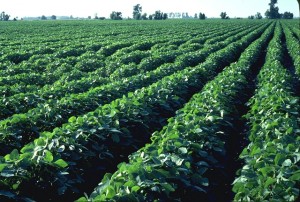 Nearly the entire state is utilized as farmland, totaling approximately 89%.
Nearly the entire state is utilized as farmland, totaling approximately 89%.
Half of the farms in Iowa raise livestock, with a focus on hogs, cattle, dairy products, and eggs. The other half of farms in the state produce grain corn, soybeans, hay and greenhouse plants. Now very good for gathering supplies on the run.
Iowa ranks #3 in the country for total agricultural production, though most produce is grown to feed livestock. The state ranks #1 in grain corn and hog production. We suggest grabbing what meat you can safely store and moving on to a state with more variety in produce.
Kansas:
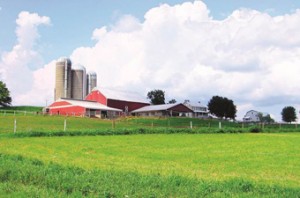 A total of 90% of Kansas is dedicated to farmland.
A total of 90% of Kansas is dedicated to farmland.
Approximately 68% of farms in the state house livestock—primarily cattle, hogs, and the production of dairy products.
The remaining 32% of Kansas farms grow crops ranging from wheat, grain corn, and hay, to soybeans, sorghum grain, and cotton. Kansas ranks #1 in sorghum and hay production.
This is another state with crop production focusing mainly on maintaining their livestock. Gather what you can and move on quickly to another state.
Missouri:
 68% of the land in Missouri is set aside as farmland.
68% of the land in Missouri is set aside as farmland.
About 53% of farms in the state raise livestock, housing mainly cattle and hogs, as well as facilities to manufacture dairy products.
The remaining 47% of Missouri farms focus on growing soybeans, grain corn, cotton, wheat, and hay.
In the right season, you may be able to find potatoes, apples, and watermelons. Don’t bank on it, though.
Oklahoma:
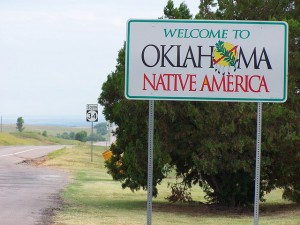 Over 77% of Oklahoma is utilized as farmland.
Over 77% of Oklahoma is utilized as farmland.
The vast majority of farms in the state, 79%, raise livestock, focusing on cattle, hogs, and chicken.
Only 23% of Oklahoma farms grow crops, mostly wheat, greenhouse plants, cotton and soybeans.
You may be able to find peanuts, watermelon, and peaches—try to plot your escape routes to pass through these farms.
Arkansas:
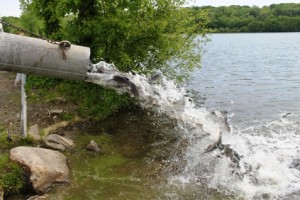 Less than half of Arkansas is dedicated to farmland, approximately 43%.
Less than half of Arkansas is dedicated to farmland, approximately 43%.
63% of the farms in the state raise livestock, with a focus on chicken, cattle, and chicken eggs.
The remaining 37% of Arkansas farms grow mostly rice, soybeans, cotton, grain corn, and wheat. In smaller quantities they grow tomatoes, peaches, and blueberries.
Arkansas ranks #1 in the United States for rice production, and #2 for production of channel catfish and bait fish.
Texas:
 Approximately 68% of land in Texas is dedicated to farming.
Approximately 68% of land in Texas is dedicated to farming.
67% of state farms house livestock, with an obvious focus on cattle. They also produce chicken, eggs, and dairy products.
37% of Texas farms grow crops such as cotton, greenhouse plants, grain corn, hay, and wheat. If lucky, you can find a farm growing onions, potatoes, and cabbage to go with your beef on your quest to survive.
Texas ranks #1 in total livestock production, and #1 in total cattle production in the United States. The state also ranks #1 in cotton and cabbage production.
Louisiana:
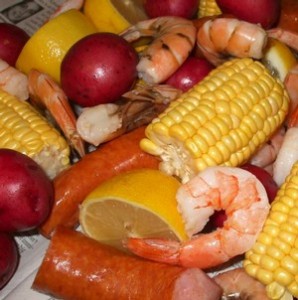 Only 28% of the state is used as farmland.
Only 28% of the state is used as farmland.
39% of state farms house livestock, including cattle and aquaculture (fish, shellfish, etc.). Some of these farms likewise process dairy products.
61% of Louisiana farms produce crops ranging from Sugar cane, to rice, soybeans, cotton, and grain corn. You may also find sweet potatoes, peaches, and watermelon grown in the state.
There it is, folks. These are the resources available in the Light Blue Zone. A lot of the focus in the area is on livestock. We suggest grabbing what foods you can and make your way south to the more resource-rich states.
